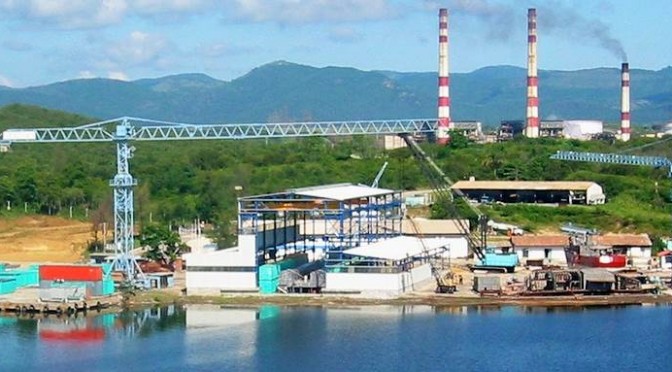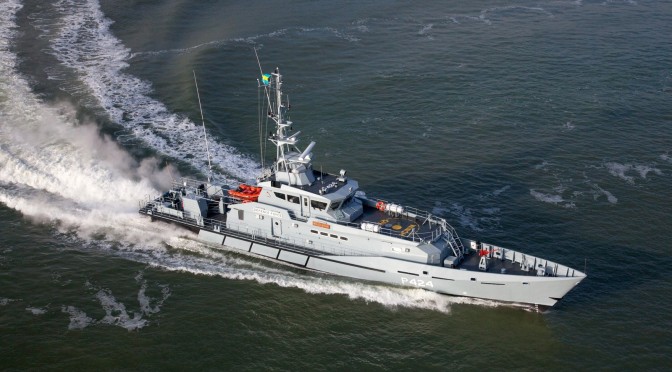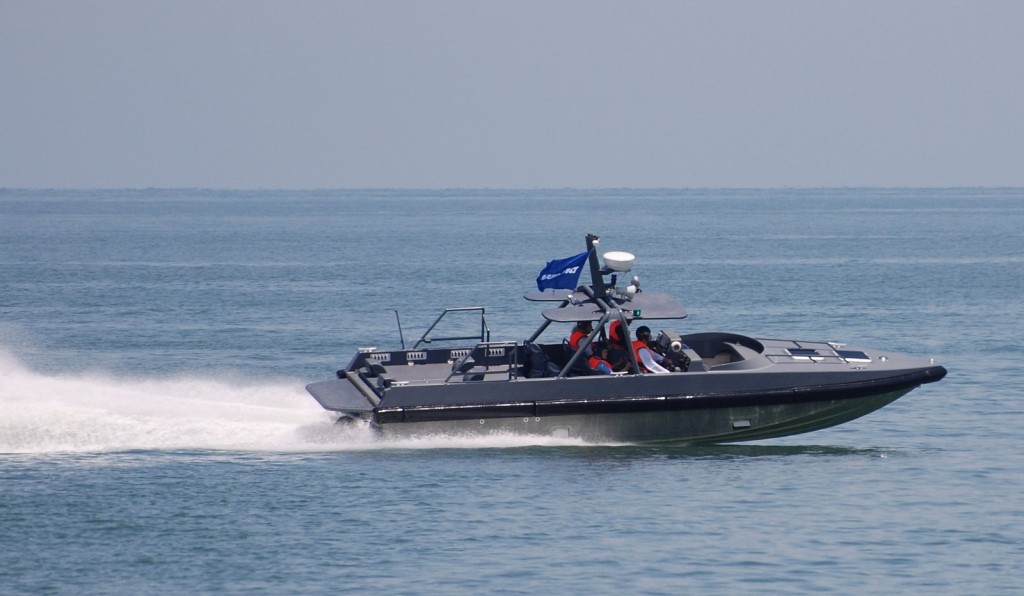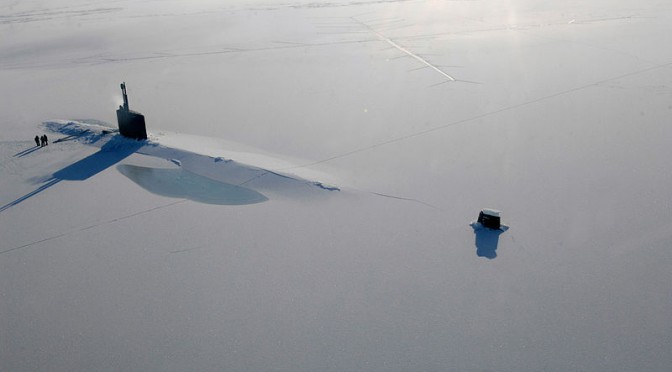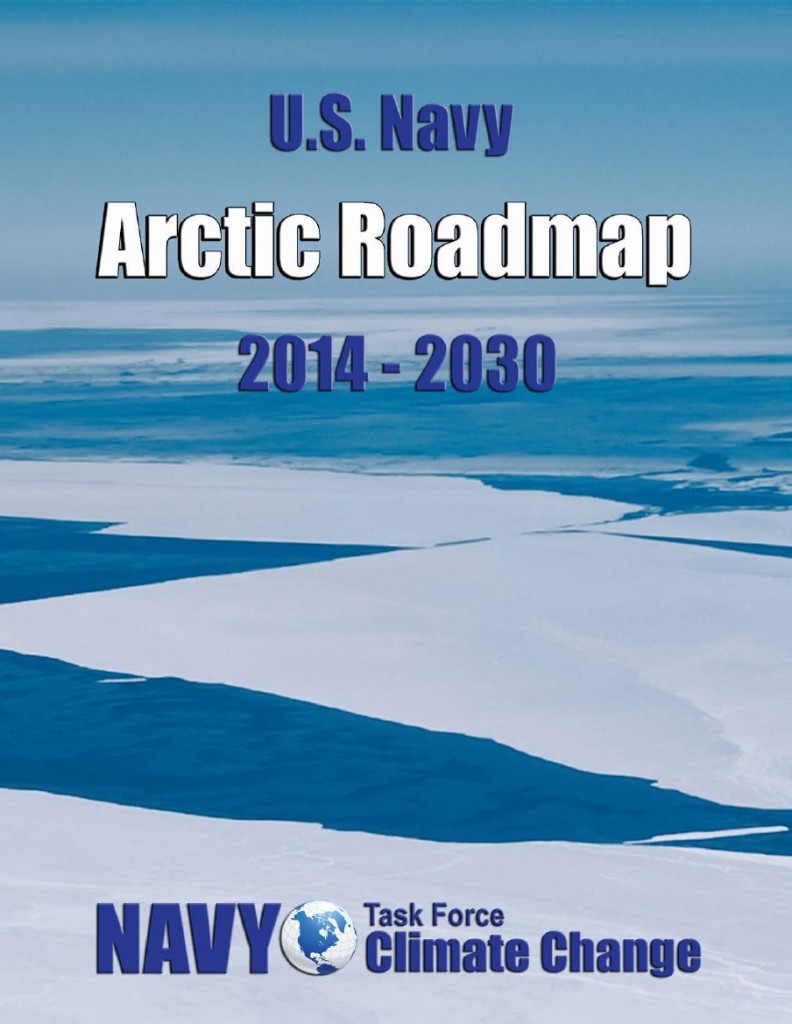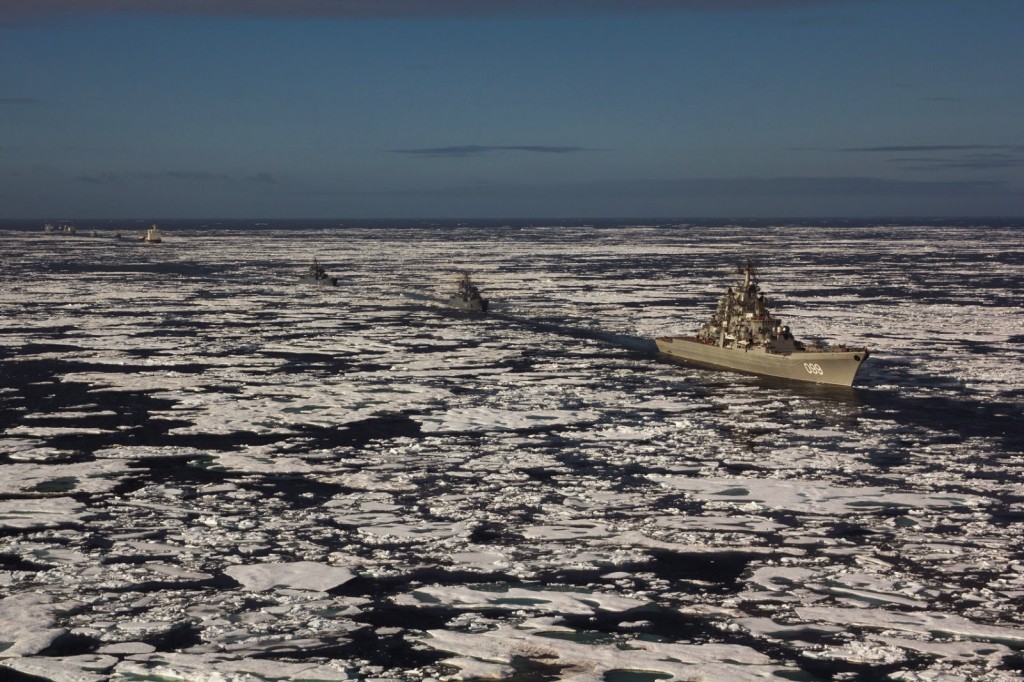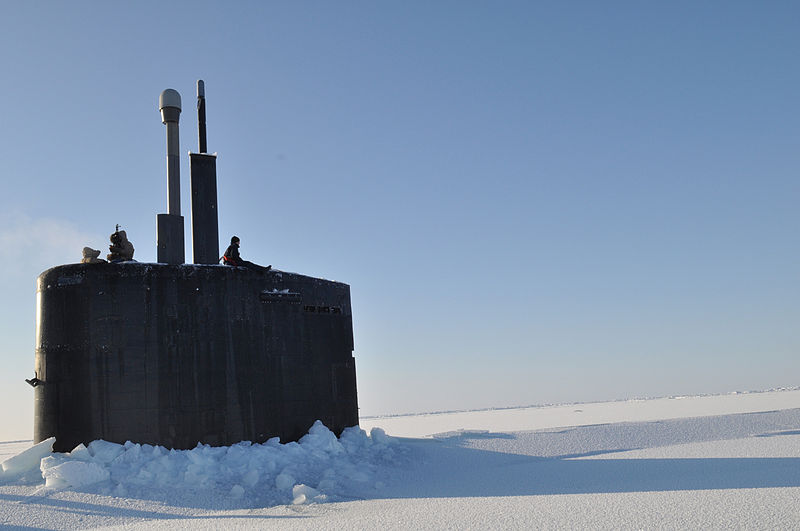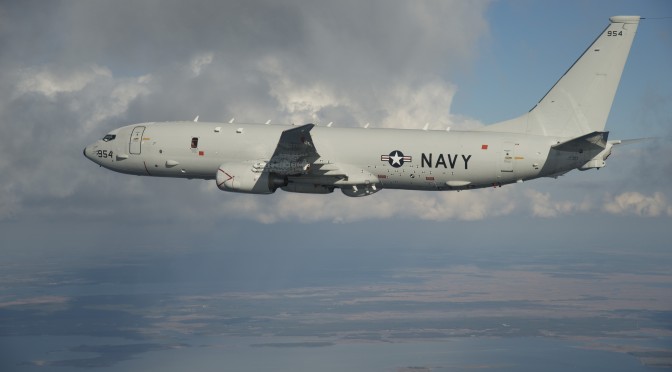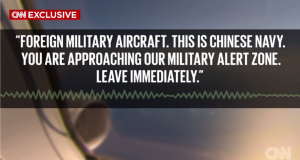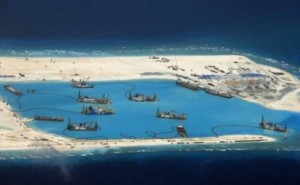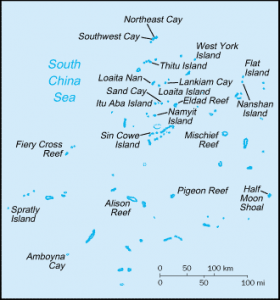By W. Alejandro Sanchez
Selling To Everyone
The list of Damen’s current clients in the Western Hemisphere highlights one curious fact about this company: the Dutch company sells its equipment to both U.S. allies and foes alike. Certainly, Washington sees no fault in Damen’s decision to upgrade Mexico’s naval equipment. On the other hand, the U.S. government probably frowns at Damen equipping countries that Washington is at odds with, such as Venezuela (which was declared a national security threat by the White House this past March). Similarly, Damen’s shipyard in Cuba, a country that was on the U.S. State Department’s list of states that sponsor terrorism until this past May, is not considered a positive development in Washington.
Nevertheless, Damen has remained neutral in Western Hemisphere geopolitics, as it has dealt with any government willing to pay. This issue deserves further analysis by stating two obvious facts: the U.S. and the Netherlands have generally enjoyed good security relations over the past decades, and Damen is a privately-owned company, which means that the Dutch government has limited influence in the contracts and initiatives it chooses to carry out. With that said, it is bizarre that Damen chose to build a shipyard in a country that has been at odds with the U.S. for decades, and is also selling vessels to countries like Ecuador and Venezuela, which have become a thorn on Washington’s side for years (in the case of Caracas’ for a decade and a half). Certainly, Damen does not need to take into account U.S. foreign policy in its business decisions, but it is nevertheless important to keep in mind how the sale of military equipment can upset regional geopolitics, particularly if this equipment is sold to nations that have carried out aggressive foreign policies in recent years (i.e. Venezuela).
Damen is Important, But Not A Pillar
While Damen has made a name for itself in the Latin American and Caribbean market, the shipbuilding company has not fully cornered this market, as it still faces a number of competitors.
One of Damen’s major competitor is Navantia. The Spanish company has been trying to sell Peru its frigate F-538 model as well as attempting to sell Colombia (and Peru) its F-110 frigate. The company already has a strong presence in the region, best exemplified by a 2013 contract to upgrade the motor system of a Brazilian corvette, the “Julio de Noronha.” Government-to-government exchanges are also common as South Korea has donated one of its corvettes, the now-called “ARC Nariño,” to Colombia. The Donghae-class vessel served in the Republic of Korea Navy for 27 years before it was given to the South American state.

Finally, the know-how of Latin American military industries is improving. Case in point, the Peruvian shipyards Servicios Industriales de la Marina (SIMA) is currently constructing a new training vessel for the Peruvian Navy, the “BAP Union” – a project worth around $50-55 million USD. Moreover, with support from the Daewoo International Corporation and the Korea Trade-Investment Promotion Agency, SIMA is building a new multi-purpose vessel for its Navy.
These examples stress how competitive the shipbuilding industry is in Latin America. Not only are there several major companies trying to sell brand new warships, but governments are also donating surplus naval technology. Furthermore, regional shipyards are rapidly improving their knowledge when it comes to shipbuilding, as we now have modern shipyards in countries like Colombia, Ecuador, Mexico, Peru and Venezuela that are constructing their own vessels.
In fact, countries like Ecuador, Mexico and Venezuela want Damen to construct some vessels in their own shipyards in order for local technicians to learn from Damen’s experts. Certainly, none of these facilities are in a position to build a ship as complex as a carrier, but they can now construct smaller vessels, like patrol boats or support ships.
What this means for a company like Damen is that while it will continue to enjoy new contracts for the immediate future, it will have to continue developing more modern and improved equipment that its Latin American and Caribbean clients cannot purchase, maybe at a better price, from other suppliers, or even construct themselves in the not-so distant future.
A Need for Stronger Naval Forces
As transnational crime over the Caribbean Sea and other maritime crimes, such as illegal fishing, continue throughout Latin America and the Caribbean, it has become a major priority for regional states to have modern and capable navies and coast guards in order to protect their exclusive economic zones.
Certainly, it can be argued that the current purchases of some naval technologies are generally unnecessary, given that the region has enjoyed inter-state peace for decades (the last inter-state war in the region was in 1995 between Peru and Ecuador, while the last conflict with naval warfare was the 1982 Falklands/Malvinas War between Argentina and the United Kingdom). Moreover, while transnational crime remains a persistent problem, Latin America has enjoyed cooperation at the inter-state level for two decades (the 2008 Colombia-Venezuela incident notwithstanding). Given this period of peace, some may argue that these defense dollars would be better spent in social programs, especially since many Latin American nations, including Damen-clients like Honduras, are very poor and underdeveloped.
Unfortunately, the reality is different. First, Latin American and Caribbean nations must have some capabilities for deterrence as inter-state tensions continue, such as between Peru and Chile or even the aforementioned 2008 incident between Colombia and Venezuela. Second, transnational drug trafficking remains a major problem from Mexico to Argentina, particularly throughout the Greater Caribbean waters as cocaine is transported from Colombia and Venezuela to the U.S. and Mexico markets. Just last May, the U.S. Coast Guard and the USS Kauffman (FFG 59) interdicted almost 1,800 kilograms of cocaine in the Eastern Pacific.

Hence, it is necessary for Latin American and Caribbean naval forces, including their coasts guards, to have fast and technologically advanced vessels for both internal and regional security – which in turn would diminish their dependence on U.S. security aid. In this sense, the involvement of companies like Damen and Navantia in the Western Hemisphere is a necessity (at least until regional states can build their own high-tech vessels).
Final Thoughts
In recent years the Dutch shipbuilding company Damen has made a name for itself as a provider of high-tech, fast vessels, from multipurpose boats to coast guard speedboats, for various Latin American and Caribbean states. Their clients include nations with small defense budgets like Honduras and Trinidad & Tobago, to major buyers like Mexico and Venezuela. Nevertheless, Damen has not cornered these region’s shipbuilding markets, as there are several other companies selling their products, such as the Spanish Navantia, in addition to regional states enjoying growing maritime defense industries.
Moreover, while Damen’s sales to the region have generally controversy-free, the incident over the overpriced vessels sold to Honduras highlights the potential for corruption, i.e. kickbacks, in countries renowned for lacking good governance. I have been unable to confirm if there were other similar discrepancies in Damen’s other contracts in the Western Hemisphere. Nevertheless, countries like Venezuela are known for their lack of transparency (case in point, the billions of petro-dollars spent by Caracas to purchase Russian military technology) while Mexico is infamous for its corrupt state-run oil company, PEMEX. Given these precedents, there are valid reasons for concern over Damen’s deals with its Latin American and Caribbean clients.
Ultimately, the question comes down to whether the region requires new vessels. Inter-state conflict may be scarce, but it remains a possibility given recent tensions between regional nations (i.e. Venezuela and Colombia, Peru and Chile or currently between Venezuela and Guyana). Thus, it is necessary for nations to maintain capable deterrent capabilities. Additionally, these states must have strong navies and coast guards to crack down on maritime crimes that range from illegal fishing to transnational drug trafficking.
In 2015, the waters along Latin American and Caribbean states are far from peaceful and Damen’s vessels, while not the cornerstone of regional navies, are an important addition to hemispheric maritime security.
Read Part One here.
W. Alejandro Sanchez is a Senior Research Fellow at the Council on Hemispheric Affairs (COHA) where he focuses on geopolitics, military and cyber security issues in the Western Hemisphere. His research interests include inter-state tensions, narco-insurgent movements and drug cartels, arms sales, the development of Latin American military industries, UN peacekeeping operations, as well as the rising use of drones (UAVs) for civilian and security uses in Latin America. Twitter: @W_Alex_Sanchez

